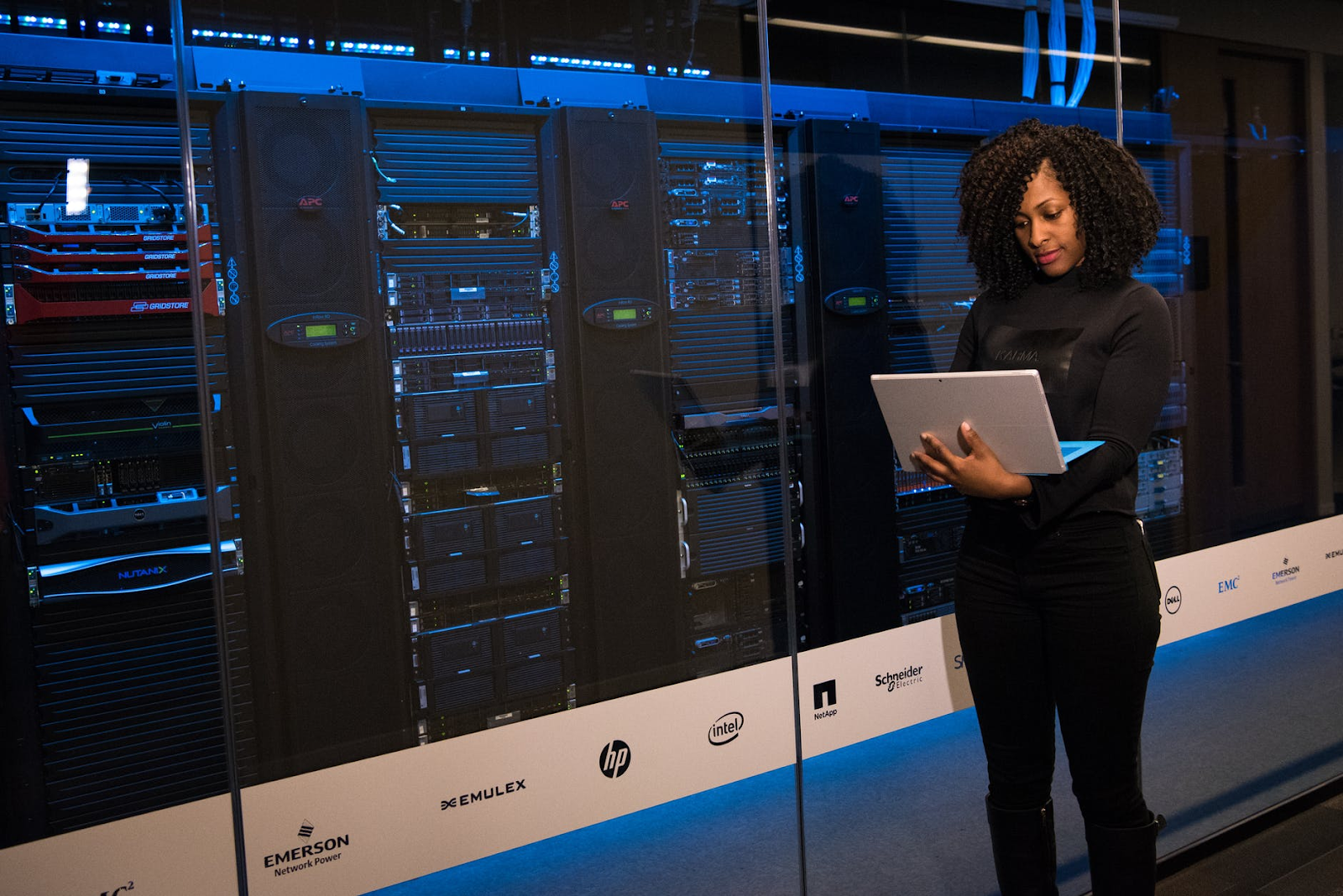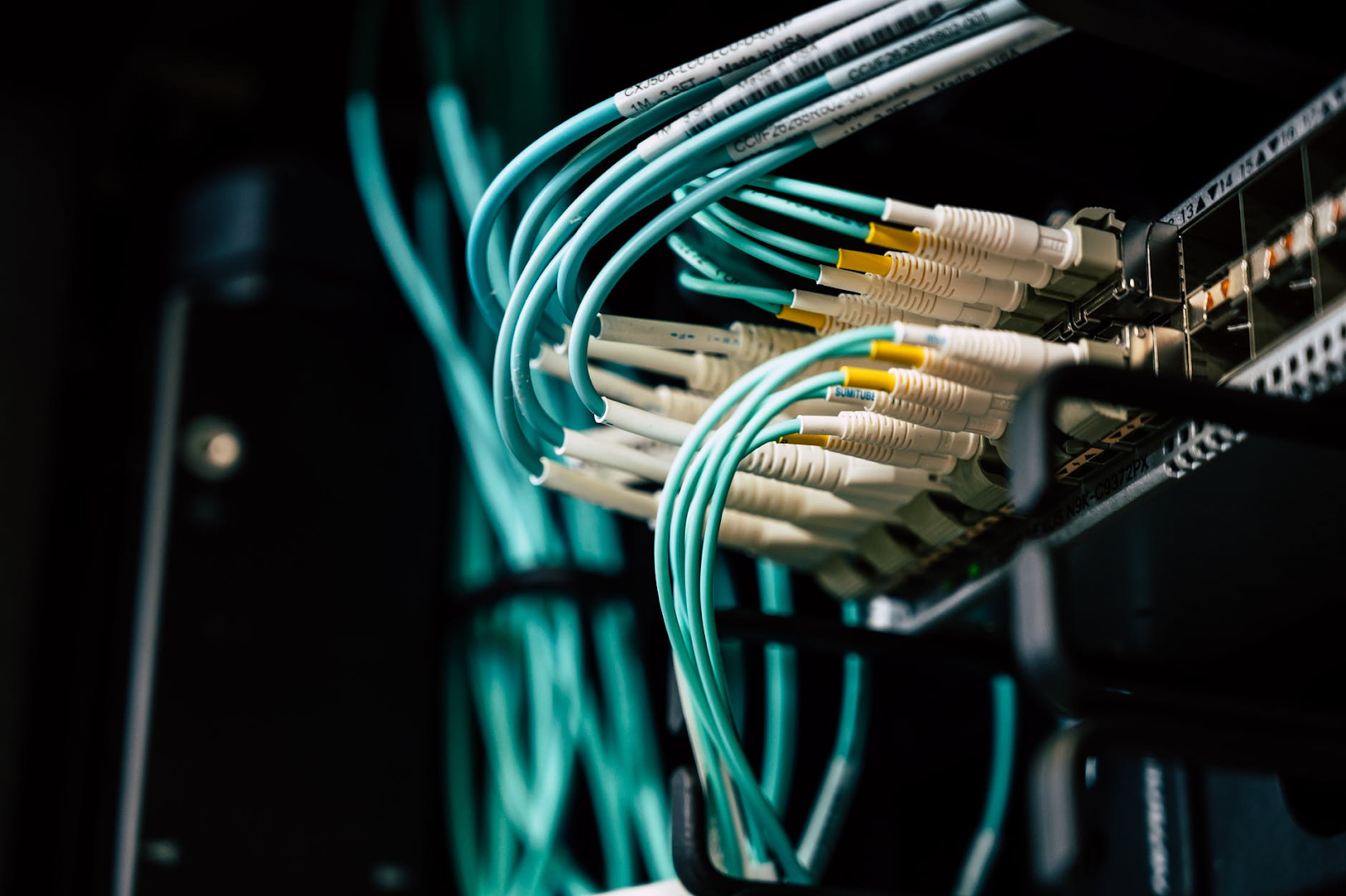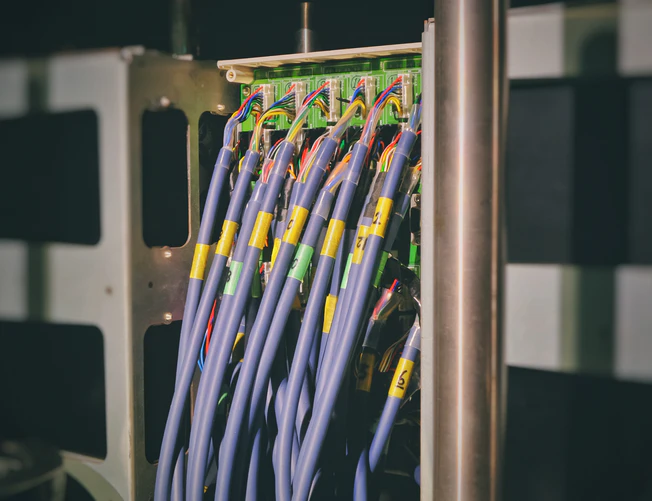5G can be defined as the latest generation of cellular technology. Here at Converged Services, we offer consulting for you to find the best bulk video and Internet options for your residential communities. With our expertise, here’s a guide to the workings and implementation of 5G networks.
Related: What are Future-Proof Technologies to Look Out For?
What is 5G?
It’s been designed to increase the responsiveness, speed, and flexibility of wireless networks. While the highest speed of 4G is only 1 Gbps, the speed of 5G can go up to 20 Gbps since the data transmission over wireless connections is higher when it comes to 5G.
5G also comes with the promise of reduced latency (of 1 MS or lower), which benefits the users who require real-time feedback. This also helps improve user experience and betters the performance of various business applications. Due to the amplified amount of bandwidth and advanced antenna technology, there’s an upgrade in the amount of data transmission.
In addition to providing higher speed and improved features for latency and capacity, 5G also provides elements of network management. This includes network slicing, thereby creating multiple virtual networks by mobile operators within a single physical 5G network. Once a community sanctions 5G, specific users and operations will be able to receive support from wireless network connections, and it could also be sold on a service basis.
For instance, in order for a self-driving car to navigate in real-time, it will be provided with a network slice that possesses faster and low latency connections. Smart home appliances, on the other hand, could use a slower connection with lesser power as that don’t require a high-level of network performance.
How Will 5G Work?

Cell sites are what make up wireless networks, and are further segregated into sectors that aid in sending data with the help of radio waves. 4G, the fourth generation of wireless technology, is what provides the way further for 5G. While the radiation of signals over long distances in 4G requires larger cell towers with high power, the wireless signals in 5G can be transmitted through a conglomeration of smaller cell stations situated in places such as building roofs or light poles.
Contact Converged Services to get started with our telecommunication and technology consulting.
Preparing for 5G
For the generation of high speed, 5G makes use of the millimeter wave spectrum, which is the spectrum band between 30 GHz and 300 GHz. This is why multiple smaller cells are required. The spectrum is well-suited for travelling over shorter distances without interference from the weather or physical barriers like buildings.
Spectrum bands of lower frequency were used earlier in wireless technology. Using a spectrum of lower frequency for 5G is under consideration as a means for network operators to use the pre-existing spectrum, and build a new network with it. This can also take care of the millimeter wave challenges in association with distance and interference. However, this causes a spectrum of lower frequency to have reduced speed and capacity.
Why Fiber is Important for 5G

5G employs small cells that aid in extending the coverage of mobile networks. Fiber serves as the backbone for the 5G technology. With the increasing back-haul requirements, fiber is the element that helps get rid of the limitations related to distance. When using the durable fiber, the signals will be unaffected by external factors such as electromagnetic fields and temperature, thereby decreasing the possibility of the loss of signal.
As IoT and Big Data is supported by 5G, the reliance on real-time data collection and transfer is high. Fiber’s unlimited bandwidth abilities can support the bandwidth levels required by 5G. As the data collection and transfer increases, the need for higher network availability increases as well. When the fiber gets close to the edge of the network, location will be able to utilize the improved capacity levels provided by 5G.
Related: Telehealth - Why Connectivity Matters
Benefits of 5G
Here are some of the features and benefits that will come along with 5G:
- Speed and bandwidth will see a ten-fold increase with 5G, which will be a huge improvement over the current 4G technology. Since WAN connections now have sufficient bandwidth, cellular serves as a potential technology for the field of branch office automation. Increased bandwidth in WAN connections will positively impact businesses as well.
- Low latency is another great benefit of the 5G technology. It means that the lag time between a network being pinged by a device and processing a response will be shorter. 4G network’s lag time is quite noticeable. With 5G, however, this will almost be eliminated.
For example, an experiment was conducted by Ericsson with NeuroDigital Technologies and medical doctors at King's College London. A dummy patient was used to demonstrate that a surgeon can make use of a VR headset along with a special glove to operate a robot arm that would perform an operation at a different location. Haptic feedback motors were used for the glove which then buzzed when the dummy’s organ was touched, giving one the feeling of actually touching it. This kind of setup will only be possible with a 5G connection.
- More devices will be able to connect with the help of 5G, even if they’re close to each other in the same physical area. It provides 99.9% availability and brings about several advantages in the business forum, including the expansion of the mobile customer market. Multiplied density resulting from 5G will lead to more customers using their mobiles to purchase items online.
- Power consumption decrease due to 5G technology on two levels. First, there will be a 90% reduction as far as devices are concerned, and a lot of power will be saved when people use their smartphones. Second, the dwindling of power consumption will be especially significant for the IoT devices. The remote devices will run longer when using battery alone.
- With mobiles as well as IoT devices, security is always an issue. However, 5G can make that dilemma go away, bringing a stronger level of security for everything ranging from key management services to hardware security modules.
Read our case studies to see our network connectivity consulting in action.
How to Combat 5G Radiation

Being protected from the harmful effects of 5G radiation is extremely crucial. Be it your body or your home, staying away from the dangerous EMF radiation is highly important. Some of the ways to protect yourself from 5G radiation are:
- Keep Your Distance: The inverse-square law states that when the distance of an object is doubled, the intensity or energy decreases by four times. Therefore, keeping your distance from the source of EMF radiation is one of the first things you need to do to protect yourself from the 5G effects. This is why we’re also advised to keep a certain distance between ourselves and our phones.
- Don’t Sleep Near Your Phone: Smartphones contribute immensely to EMF radiation. So, if you’re someone who likes to keep your phone near the pillow or on the nightstand, it’s best to change that habit as soon as possible.
- Purchase an EMF Shield: There are products available that help in controlling or minimizing the EMF radiation emitted from our phones. Some examples of these are dedicated cases or diodes. You can stick these to your phone. There are even shielding fabrics you can get and sew them on your bed.
- Shield Your Home: Since our homes will be running on 5G frequencies in the future, it’s imperative to know how to shield our homes from the dangerous side-effects of the 5G radiation. You should keep the WiFi-enabled devices unplugged at home when not in use, unplug your WiFi connection when you’re not using it, keep your bedrooms and sleeping areas devoid of phones so as to improve your sleeping pattern, and use EMP protection paint to limit the amount of radiation that can spread across your house.
The Timeline to 5G
Communication service providers will see a huge boom in their business with the introduction of 5G, as it will enable them to offer cost-efficient services. The wireless network operators in countries such as Japan, the United States, China, and South Korea are striving to make 5G a reality sooner than expected. Billions of dollars will be spent through 2030 for the further development of the 5G technology.
The 5G wireless equipment standards are reportedly nearing completion, and 2019 also saw the first 5G-compliant smartphone and other wireless devices. Therefore, it’s safe to say that one can expect more widespread 5G use to happen somewhere between 2020 and 2025. Reports suggest that 5G services will become a normal occurrence by 2030, and with the help of real-time communications (RTC) capabilities, features such as autonomous vehicle navigation and virtual reality can also be expected.
Conclusion

Now you know that 5G network depends on fiber optics and millimeter wave spectrum for its high speed and efficient use of power. More and more countries are beginning to implement 5G infrastructure in order to keep up with the fast pace of digital connectivity. With Converged Services, you can stay up-to-speed with our consulting services and decide which 5G internet services are right for you. Contact us today to learn more about our multifamily technology solutions and technology consulting services. 

